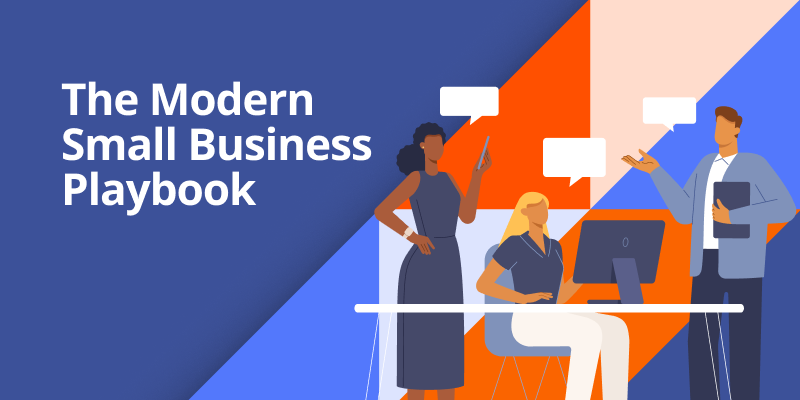COVID-19 shook up last year; even those with 20/20 vision couldn’t see it coming. There were more challenges than any customer journey map could have planned.
For those small businesses across America who managed to hold their own, they came out flourishing, with an array of new services, exciting offers and innovative marketing ideas to drive into the new year.
Preparing to step into the post-COVID world, it’s necessary to keep in mind, businesses will never be the same as they were before, and that goes for your customers, too. The way people respond, whether in their attitude or purchasing habits, has changed.
Companies are going to have to adapt and adopt if they want to continue growing. That begins with reviewing and refreshing your customer personas.
Free: Online Presence Scan
See how your business compares to the competition and find out what customers are saying about you.
Try NowWhy Bother with Personas?
A customer persona is the set of characteristics that defines the type of person who would buy your products or services. Creating your customer persona is the foundation for building a successful marketing plan.
Yes, you know your customer but, do you have an in-depth understanding of what it is that gets under their skin? Do you understand all of their pain points and problems? Having personas helps answer these questions and helps you gauge how to respond throughout the customer journey. Because messaging is important, but you knew that already.
Take a look at your active customer personas and consider how your current marketing efforts may make them feel coming out of the pandemic. Here are a few types of customers to consider:
Strictly digital customer
Technology has been evolving over a span of 25 years; however, 2020 sent virtual experiences full speed ahead. Some customers may never want to step foot into your store again. Whether that is for health reasons or convenience, it’s up to your business to prepare for it if you want to keep them.
Take into account how going virtual can connect your customers with your people and not just your products.
- Train your customer service team to provide dynamic online support.
- Use social platforms to connect your customers to experts.
- Consider partnering with AR/VR platforms for trying on and sampling products virtually.
Can’t wait customer
People want answers and they want them now. If your website suggests that customers will be contacted within 24 hours, you’ve probably lost that customer. Quick response times are a must.
Consider adding a Frequently Asked Questions (FAQ) page, and add an intuitive chatbot. Not only will this get your customers their answers quickly but, it frees up your customer service representative so they can answer the major questions quicker.
Skeptical customer
COVID made a large impact on many Americans financially, which resulted in customers postponing purchases. They may have seen your Facebook ad come across during an evening browsing session, but because they’re not familiar with your brand, there’s too high a risk associated with buying your product.
Your brand will want to focus on building confidence with that customer. Can you guarantee an order’s arrival within two weeks? Do you want to push that you believe in ethical sourcing?
Use Insights
While your company works to build out these personas, remember: You won’t be pulling this from thin air. Use insights from current customers to improve processes and tailor targeting.
Quality is key and getting started is easy.
- Provide surveys either on- or offline. Use open-ended questions to better get inside of customers’ heads. What motivators or needs can you see?
- Interview customers over the phone or face-to-face. This provides a way to get more in-depth information because you can ask follow-up questions, unlike in a survey.
- Conduct web or exit surveys. The single question pop-ups are good when you’re looking to figure out why a customer is leaving your site without making a purchase
Anti-personas
It’s important to remember everything isn’t for everyone. The phrase my friends and I use is “different strokes for different folks.”
Build those folks a persona as well — the anti-persona. This will represent those who are not your target customer, that way you won’t focus all your efforts on marketing towards them. This isn’t to say you’re blocking them from using your products though.
The cause of an anti-persona is cost. If there’s a customer who can’t afford your product, knowing where they hang out online can help you avoid that area and attracting people who don’t have the means for your product.
Without building personas, it’s difficult to package your product to meet customer pain points or get them onto your website. Take the time to do the research and build personas that pay off big time.

Modern Small
Business Playbook
Find expert tips and tools to help you streamline communications, automate your marketing efforts, improve your business operations, and more in this free guide.


